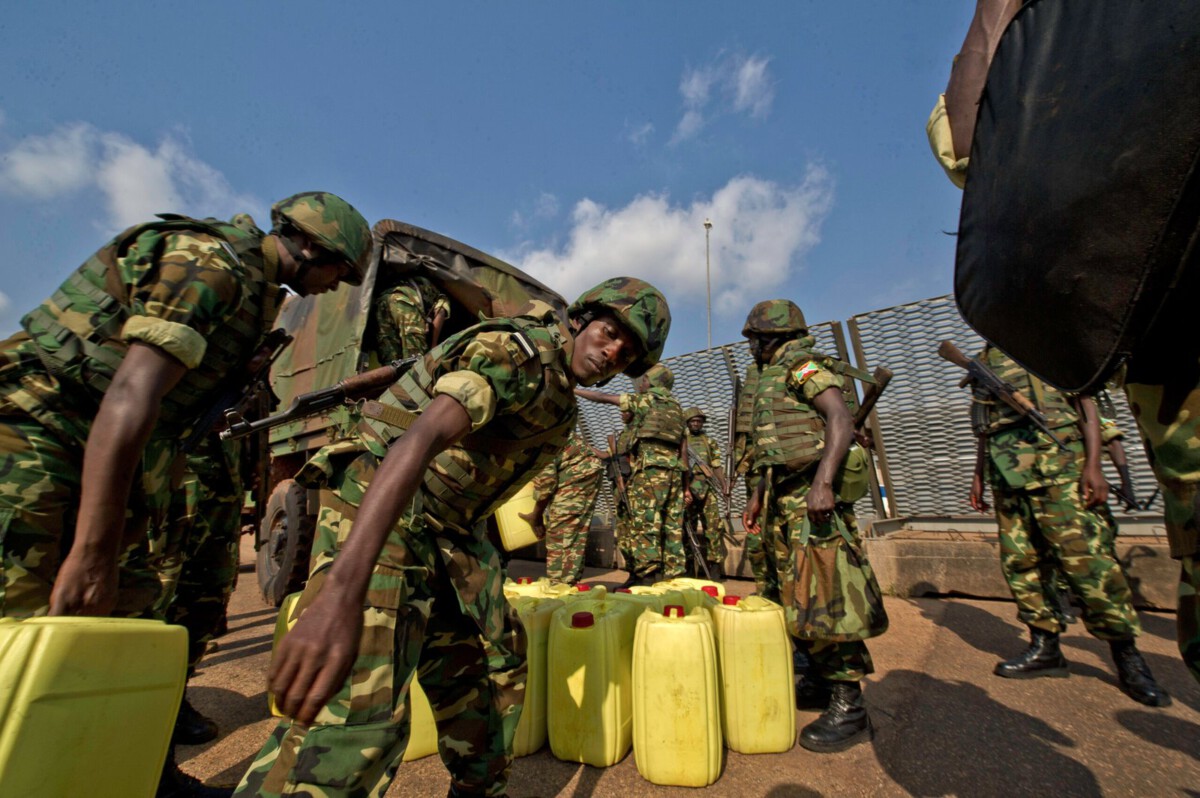Afghanistan: A Land of Ongoing Conflict

Afghanistan remains a heart-stopping example of instability in 2025, where danger lurks around every corner for would-be visitors. The Taliban’s resurgence has only deepened the security crisis, leaving the country ranked as the world’s least peaceful by the Global Peace Index. Even the U.S. State Department’s stern Level 4 travel advisory doesn’t fully capture the everyday reality—reports of kidnappings and attacks on foreigners have become tragically common. For most Afghans, daily life is a struggle for survival, with millions trapped in a humanitarian disaster and constant fear. Food insecurity is rampant, and many regions are essentially off-limits to outsiders. Aid groups struggle to operate, often halting work after violent incidents. For travelers, Afghanistan is a land where curiosity can turn deadly in an instant.
Syria: The Aftermath of War

Syria’s landscape tells a story of heartbreak and danger, even as the world’s attention drifts elsewhere. The scars left by civil war are visible in shattered cities and divided territories, where different factions still vie for control. ISIS and other militant groups haven’t disappeared—they remain a shadowy, ever-present threat, especially for foreigners. The U.S. government continues to warn against travel due to rampant risks of kidnapping and armed violence. The humanitarian picture is bleak, with millions displaced and basic necessities in short supply. Tourists who once marveled at Syria’s ancient wonders now find only closed borders and empty streets. The few who attempt to enter face unpredictable violence and a nightmarish patchwork of authorities.
Yemen: A Humanitarian Disaster

Yemen’s ongoing civil war has pushed the country to the brink, creating conditions so dire that even seasoned aid workers are often at a loss. Over 24 million people desperately need humanitarian help, as reported by the United Nations. For outsiders, the dangers are immediate and extreme—armed conflict, terrorism, and a near-total collapse of infrastructure. Many areas are controlled by competing factions, making safety an illusion. Hospitals are overwhelmed or destroyed, so even minor illnesses become life-threatening. Travel advisories worldwide urge people to stay away, and the country’s airports and ports are frequently closed or under threat. Visiting Yemen now is like stepping into a storm with no shelter in sight.
South Sudan: A Nation in Turmoil

South Sudan, the world’s youngest country, has been battered by violence and political chaos since the moment it emerged. Civil war has displaced millions and left countless others in limbo, with crime and armed clashes a daily reality. The U.S. State Department’s Level 4 advisory is no exaggeration—travelers face threats from all sides, from kidnappers to rogue militias. Basic services like food, water, and healthcare are in short supply, even for locals. A fragile peace agreement is in place, but violence still flares without warning. Many humanitarian workers describe the security situation as “unpredictable at best.” For tourists, South Sudan is a place where adventure quickly turns to alarm.
Central African Republic: A Cycle of Violence

The Central African Republic (CAR) is trapped in a seemingly endless spiral of violence and insecurity. Armed groups roam freely, clashing with government forces and each other, leaving civilians—and any visitors—caught in the crossfire. The U.N. estimates that 2.5 million people are displaced, and humanitarian access is severely restricted. Infrastructure is in ruins, and even basic services are unreliable or nonexistent. The U.S. government maintains a strong warning against travel, pointing to frequent kidnappings and unpredictable violence. For those who dare to visit, the risks are not just theoretical—they are real and immediate. Navigating CAR requires constant vigilance and a willingness to face the unknown.
Haiti: A Struggling Nation

Haiti’s troubles have only deepened since the shocking assassination of its president, creating a vacuum that gangs have rushed to fill. Much of Port-au-Prince is under the control of armed groups, making movement dangerous for locals and impossible for outsiders. The rate of kidnappings, especially for ransom, has soared, turning daily life into a high-stakes gamble. Economic hardship is everywhere, with basic necessities like food, fuel, and clean water increasingly scarce. The U.S. State Department’s warning against travel is echoed by experts who describe Haiti as a nation in freefall. Even humanitarian efforts are often halted by violence or the threat of it. For travelers, Haiti’s vibrant culture and natural beauty are now overshadowed by a pervasive sense of risk.
Venezuela: Economic Collapse and Instability

Venezuela’s crisis is not just economic—it’s a full-blown collapse that’s reshaping every aspect of life. Shortages of food and medicine have reached new heights, and even those with money find it hard to get what they need. Crime has spiraled out of control, with Caracas and other cities now among the world’s most dangerous. The homicide rate remains shockingly high, and kidnappings are a constant fear, particularly for foreigners. Political protests often turn violent, and the government’s grip on power is shaky at best. The U.S. government and many others urge travelers to stay away, warning that even basic safety cannot be guaranteed. For many, Venezuela is a cautionary tale of how quickly a country can unravel.
Democratic Republic of the Congo: A Complex Crisis

The Democratic Republic of the Congo (DRC) is a land of stunning natural beauty overshadowed by relentless conflict. In the eastern provinces, armed groups continue to wage war, displacing families and endangering outsiders. Human rights abuses are widespread, with reports of violence against civilians emerging regularly. The U.S. State Department urges travelers to exercise increased caution, and many regions remain off-limits. Humanitarian aid is difficult to deliver, and disease outbreaks add another layer of danger. The DRC’s potential as a travel destination is enormous, but the risks currently outweigh the rewards. For now, adventure-seekers are better off admiring the country’s landscapes from afar.
Iraq: A Fragile Security Landscape

Iraq has made headlines for its slow crawl toward stability, but the threat of violence remains close to the surface. While major cities like Baghdad have seen some improvements, rural and contested areas are still fraught with danger. Terrorist attacks and civil unrest continue to disrupt daily life, and the humanitarian situation is far from resolved. Displacement is still a reality for many, with families living in makeshift camps. The U.S. government advises against travel to several regions, citing persistent risks of terrorism. For tourists, Iraq’s rich history and ancient sites are overshadowed by the constant potential for sudden violence. Every trip here is a roll of the dice.
Myanmar: Political Unrest and Violence

Myanmar’s military coup has thrown the country into chaos, with protests and violent crackdowns becoming all too familiar. Armed resistance movements have sprung up, and clashes with the military are now a regular occurrence. The U.S. State Department’s warning is clear: the risks of civil unrest and conflict are high, and foreigners may be targeted. Humanitarian conditions have plummeted, with many struggling to access food or medical care. Even regions that were once tourist hotspots are now unpredictable and often closed to visitors. The situation on the ground changes rapidly, making planning—and safety—nearly impossible. For now, Myanmar remains a high-risk destination where curiosity and caution must go hand in hand.







